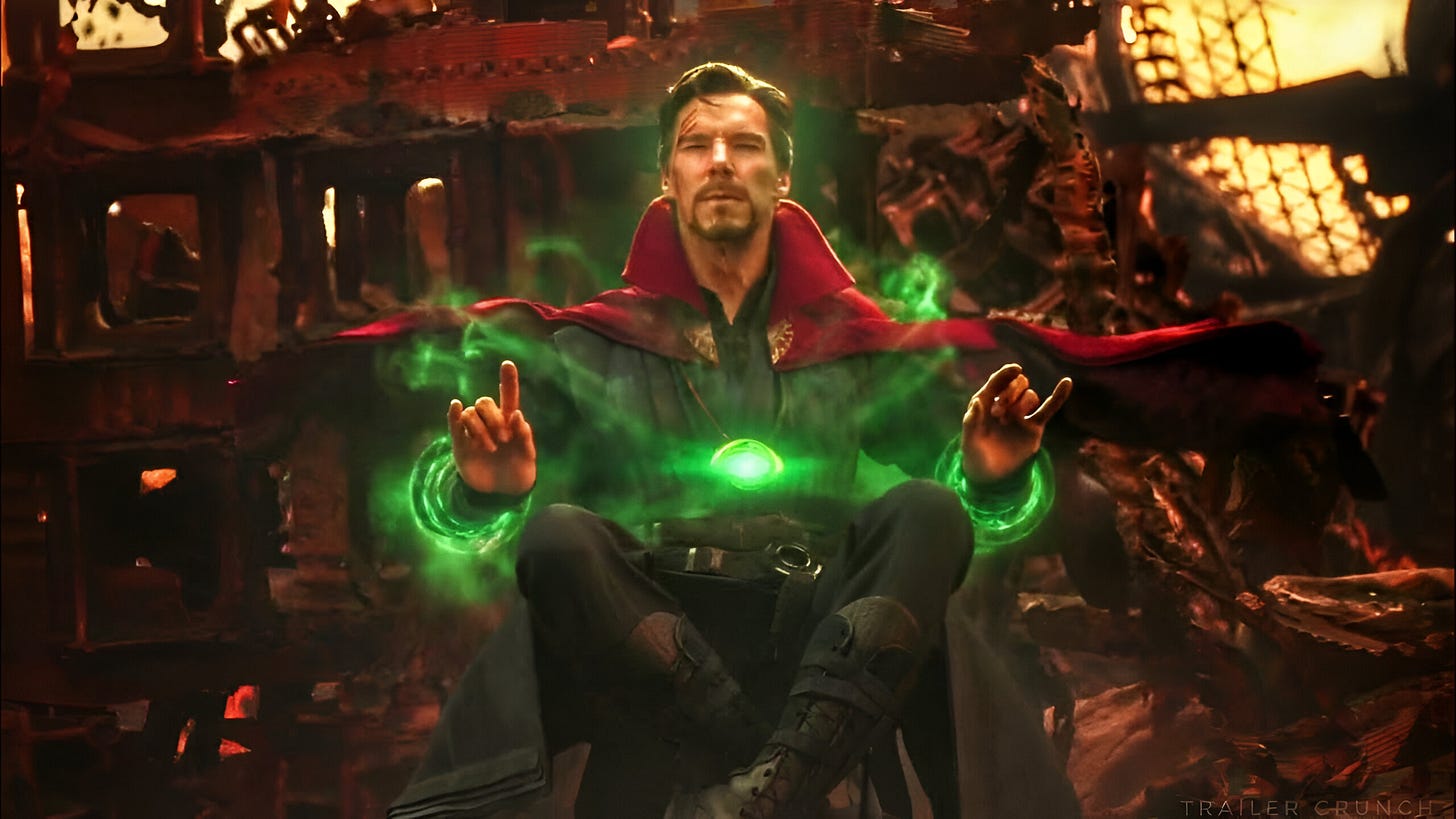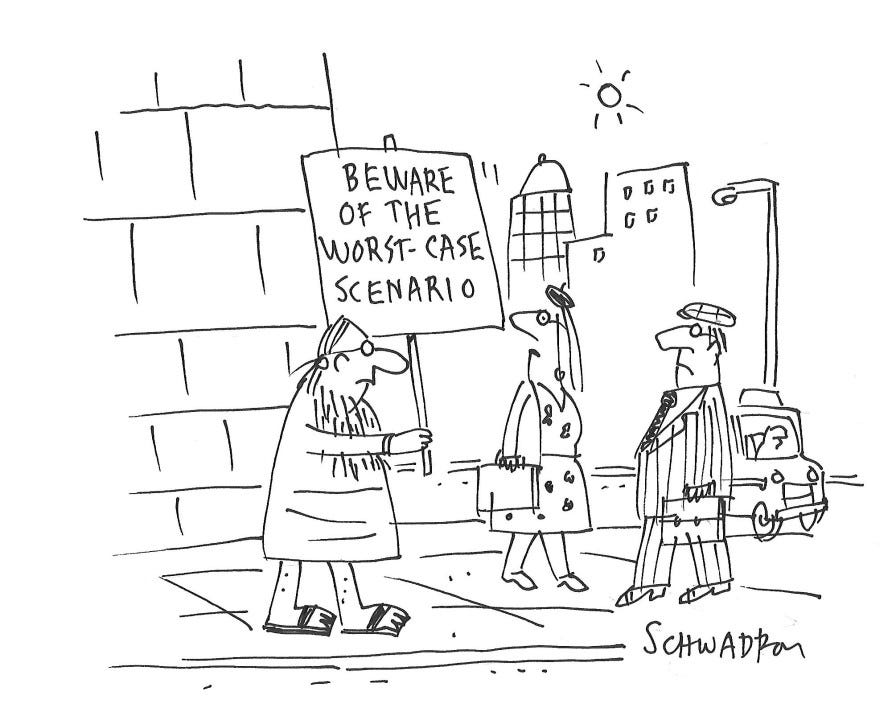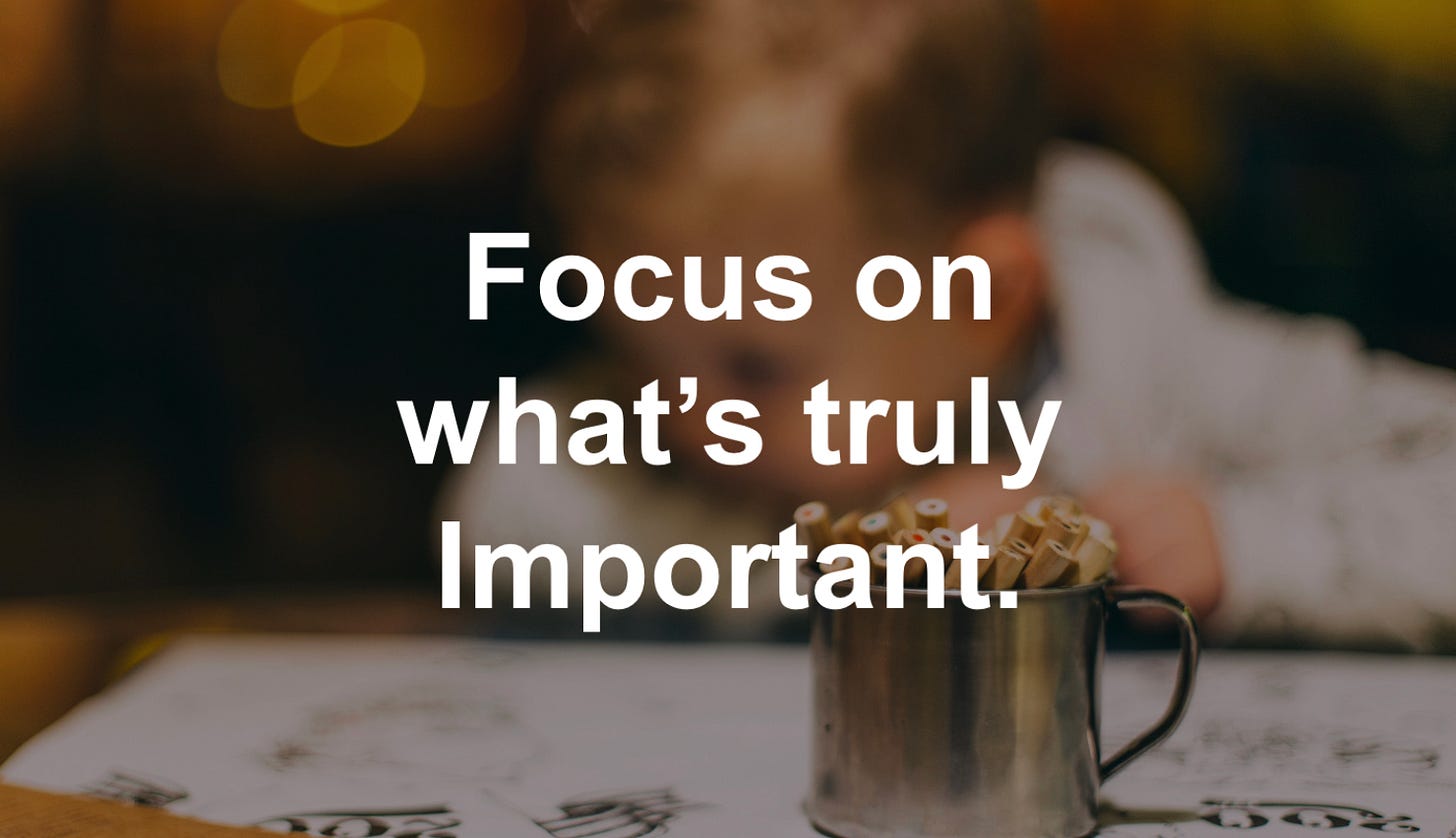Pre-Mortem and Pre-Parade
Sequoia's Strategic Framework: Forward Thinking, Reverse Engineering
“Larry Summers. He’s on the board with us, the former treasury secretary of the US. He’s on the board at Sequoia. And he introduced me to this framework of a pre-parade and a pre-mortem. And we actually have made it a default in our investment memos. And it’s something that we take to portfolio companies, where we ask them, imagine three years, sometimes five years into the future. And you’ve been fabulously successful. What are the conditions that led to that? What decisions did you make that led to that success? And then conversely, write your pre-mortem. What are all the things that went wrong?” Roelof Botha from Sequoia
And so we’ve taken that concept. We actually use it in our investment memos. So for every investment we contemplate, we write a pre-mortem and a pre-parade.” Not just for investment decisions. This can be a useful thinking framework that can be applied to other decisions too- I’m applying it in my personal life.
Pre-Parade
Imagine things will go incredibly well over the next three or five years. Actually, write it down. Don’t just think about it, write it down.
What does that look like? What does success really look like? What are the steps and actions taken to reach that point?
In your imagination- What is the best case scenario. What have you achieved? How did you reach that point ? In the case of a business- Which markets do we operate in? Which products have we shipped?
It requires you to vividly imagine and articulate what success looks like. This includes detailing achievements, milestones reached, and the actions taken to get there. The aim is to clarify the best-case scenario and identify the specific steps needed to reach that desired outcome.
Pre-Mortem.
Imagine the worse case scenario- Things didn’t go the way you wanted to, what does that look like?
What happened? What set of decisions lead you down that path.?
This exercise helps uncover potential pitfalls and risks that might not have been apparent initially. We then can come up with action plans to help mitigate those concerns
And the value of this exercise is that it really crystallizes first order issues. It focuses us on the things that really matter.
We often can track backwards the steps we take from our “end state”, reverse engineering the steps that we take. It allows us to purely focus on the important details and reach the “end state” step by step.
Because you can spend all your time scurrying around doing all the busy work. And there are a lot of things that, in reality, are busy work in disguise.
if you’re not focused on the things that’ll really compound and matter over the next five to 10 years, you’re missing the boat and it’s the urgent important trade off. It’s all those things woven into a very practical exercise.






